Making these muffins was a breeze, thanks for sharing this gem!
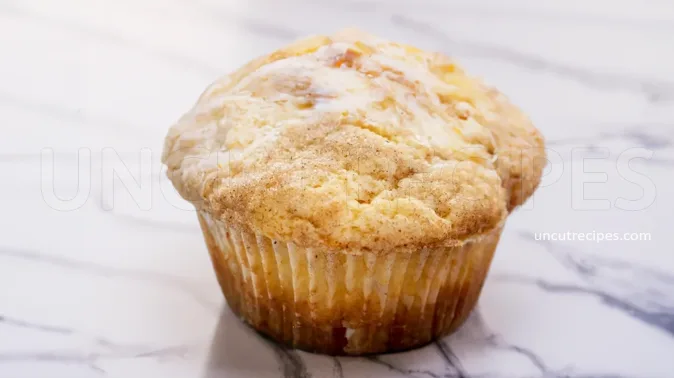
With just a few standard pantry ingredients, you're on your way to making something truly delightful. No special trips to the grocery store needed. No complicated baking techniques. Just a straightforward recipe that anyone can tackle.
This recipe is like a blank canvas, waiting for you to paint it with the flavors you love. As it is, these muffins are simple and delicious. But, should you choose, there's plenty of room to get creative and add in extras like nuts, fruits, or chocolate chips.
JUMP TO:
INGREDIENTS:
All-Purpose Flour: The backbone of many baked goods, all-purpose flour provides structure to the muffins. Opt for unbleached all-purpose flour, as it has a more complex flavor. Remember, flours can absorb moisture from the environment, so the texture can change based on how it's stored and where you live. Always use the "spoon and level" method to measure flour, never scoop directly from the bag.
Alternative: Whole wheat flour can be used for a healthier version, but this will alter the texture and flavor. Usually, a 50-50 mix of whole wheat and all-purpose flour yields a good balance.
Milk: Milk adds moisture and helps with the overall texture of the muffins. Use full-fat milk for a richer flavor and moist texture.
Homemade Half-and-Half Substitute: If a recipe calls for half-and-half, you can make it at home by mixing equal parts of full-fat milk and heavy cream.
MAIN STEPS:
Combining the Ingredients: When combining your ingredients in Steps 3 and 7, it's critical to understand the importance of creating a 'well' in your dry ingredients and introducing your wet ingredients to this. This technique aids in evenly dispersing the wet ingredients throughout the dry ones, minimizing the chance of overmixing the batter.
Mixing Technique: Overmixing, addressed in Step 7, is a common mistake that can lead to dense, hard muffins. When you overmix, you develop too much gluten from the flour, and this results in a tougher baked good. The batter should be mixed only until the dry ingredients are moistened, and a few lumps are perfectly okay.
Filling Muffin Cups: In Step 9, filling the muffin cups 3/4 of the way full is a strategic measure designed to leave sufficient room for the muffins to rise and form a nice dome shape without spilling over.
SERVED WITH:
Breakfast: Scrambled Eggs (England): A hearty, protein-rich breakfast dish. It is a simple and quick dish made by whisking eggs and cooking them in a pan until they're softly set.
Appetizer: Fruit Salad (International): A refreshing mix of various fruits cut into pieces. It's an excellent palate cleanser, and the freshness of the fruit contrasts nicely with the dense, rich muffin.
Main Course: Quiche Lorraine (France): A savory pie filled with a mixture of cream, eggs, and cheese, and often includes bacon or ham. Its rich, hearty flavor pairs well with a simple, sweet muffin.
Side Dish: Greek Yogurt with Honey (Greece): Creamy, tangy Greek yogurt drizzled with sweet honey is a classic Greek treat that can offset the richness of a muffin beautifully.
Dessert: Crème Brûlée (France): This rich, creamy custard topped with a layer of hard caramelized sugar offers a textural contrast and a creamy counterpart to the muffin.
Cake: Sachertorte (Austria): This is a specific type of chocolate cake, or torte, invented by Austrian Franz Sacher. It's dense and chocolatey, making a nice contrast with a light and fluffy muffin.
Drink: Latte (Italy): A classic Italian coffee drink prepared with espresso, hot milk, and steamed milk foam. Its strong, bitter taste perfectly complements the sweetness of muffins.
ALTERNATIVES:
Breakfast: Scones (United Kingdom): A British baked good that's usually made with flour, baking powder, butter, and milk. They can be sweet or savory, and they're a delightful alternative to muffins. You can add in fruits or nuts, just as you might with a muffin mix.
Dessert: Coffee Cake (United States): Coffee cake doesn't always contain coffee but is traditionally served alongside it. This sweet, moist cake usually features a crumble topping, and it uses many of the same basic ingredients as muffins: flour, sugar, eggs, and butter.
Dessert: Madeleines (France): These small, shell-shaped cakes are a French classic. Like muffins, they're made with flour, eggs, sugar, and butter, but they have a lighter, more delicate texture.
Dessert: Banana Bread (United States): This moist, sweet loaf is a great way to use up ripe bananas. It shares many ingredients with muffins, such as flour, eggs, butter, and, of course, bananas.
Dessert: Brownies (United States): If your muffin recipe includes chocolate, why not try making brownies? These rich, fudgy treats use a similar base of ingredients, with the addition of melted chocolate or cocoa powder.
Breakfast: Pancakes (International): Pancakes are a breakfast classic around the world. A basic recipe uses many of the same ingredients as muffins – flour, sugar, eggs, and milk – but the result is a soft, fluffy disk ready for toppings.
Dessert: Cupcakes (United States): If you're in the mood for something a bit fancier, use your muffin ingredients to whip up a batch of cupcakes. They're very similar to muffins, but are usually lighter and are often topped with frosting.
HISTORY:
The "Best Ever Muffins" recipe isn't the brainchild of a specific individual but instead stands as an iconic example of culinary evolution. Born from countless bakers tweaking and perfecting their techniques and ingredient ratios, this recipe embodies the collective wisdom of countless kitchens. It represents a standard for the perfect balance of moisture, fluffiness, and flavor in a muffin.
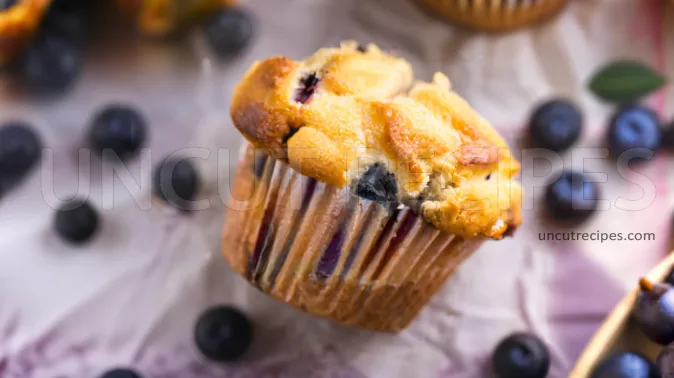
This is the muffin recipe that has seen it all: from chocolate chips, berries, and nuts to innovative spins with spices and savory elements. The "Best Ever Muffins" is a tale of constant reinvention and flexibility, keeping it fresh and exciting.
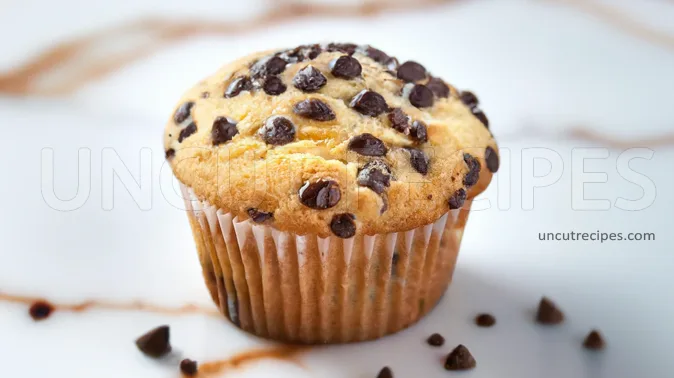
Muffins, in general, have deep roots in both American and British baking traditions. Yet, the "Best Ever Muffins" transcends these culinary borders. Its perfect basic batter that can embrace a wide array of flavor additions has made it a beloved fixture in various cultures and cuisines.
TIPS:
Incorporate Different Flours: You could experiment with different types of flours for more complex flavors. Almond, coconut, or spelt flour can all bring a unique taste and texture to your muffins.
Hydrate the Sugar: A technique often used in professional pastry kitchens involves hydrating the sugar with the wet ingredients before adding to the dry mix. It can lead to a better, more consistent texture and flavor in your muffins.
Try Double-Acting Baking Powder: Double-acting baking powder releases gas at two times during baking — once when it gets wet, and then again when it gets hot. This gives an additional lift during baking, resulting in lighter, fluffier muffins.
Fruit Powders: If you're adding fruits, consider using freeze-dried fruit powders. They give a concentrated burst of flavor without adding extra moisture.
Use of Aquafaba: If you're looking to make the recipe vegan or just experiment, replace the eggs with aquafaba (the liquid from a can of chickpeas). It acts similarly to egg whites and can give your muffins a nice rise and texture.
Fruit Jams or Curds: After baking, inject a small amount of fruit jam or curd into the muffin. This can provide a delightful, unexpected burst of flavor in the center of the muffin.
Recipe Information
Skill Level
|
Time 35 Minutes |
Price
|
Makes 6 to 48 Muffins |
| Healthiness |
Nutritional Information |
| Ratings (Add Rating & Review) |
Reviews 20 Reviews |
Ingredients:
-
2 cups All-Purpose Flour
1 cup Milk
0.75 cup White Sugar
0.25 cup Vegetable Oil
1 Egg
3 teaspoons Baking Powder
0.5 teaspoon Salt
Allergens
| Dairy | Eggs | Gluten |
Directions:
01 - Preheat the oven to 200C / 400F.
02 - Next, prepare the muffin tray. You can do this by greasing it or inserting paper liners into each cup.
03 - Combining Dry Ingredients: Take a large bowl and mix together Flour, Baking Powder, Salt, and Sugar.
04 - Now, make a well in the center of your dry ingredients. This is simply a space in the middle of your Flour Mixture where you'll be adding your wet ingredients. Set aside.
05 - In a separate bowl, beat your Eggs until they're well mixed.
06 - Adding More Wet Ingredients: Now, whisk in your Milk and Oil into the beaten Eggs.
07 - Pour the Egg Mixture into the well you made in your Flour Mixture. Mix everything together quickly and lightly until the dry ingredients are just moistened. It's okay if the Batter is a bit lumpy - that's perfectly normal.
08 - Optional Additions: If you're using additional ingredients (see your recipe's notes for suggestions), now's the time to fold them into your batter.
09 - With your Batter ready, spoon it into your prepared muffin cups. You should aim to fill each cup about 3/4 full, allowing room for the Muffins to rise.
10 - Place your muffin tray in the preheated oven and bake until the tops of the Muffins spring back when lightly pressed. This should take about 25 minutes. Or test the Muffins with a toothpic, if the toothpick comes out clean or with a few crumbs sticking to it, it means that the Muffins are done baking.
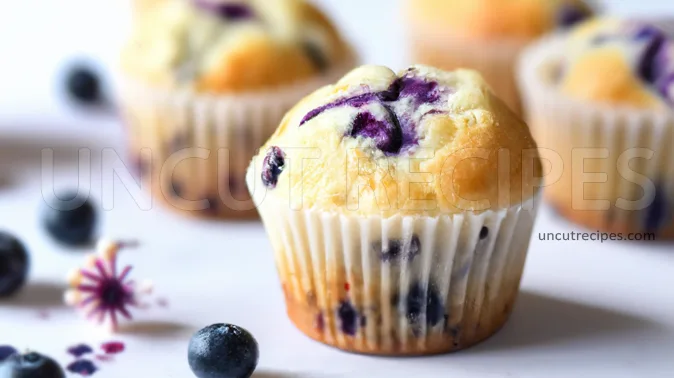
Notes:
Optional Additions: 1 cup of Blueberries, Raisins, Dates, Cheese or Bacon.
Dairy-Free Variation: If you're aiming for a dairy-free recipe, you can substitute the milk with a non-dairy milk like almond milk or oat milk.
Egg Substitute: For those with an egg allergy, the egg can be substituted with a "flax egg" (1 tablespoon of ground flaxseed mixed with 2.5 tablespoons of water).
Storing Muffins: Once muffins have cooled completely, they can be stored in an airtight container at room temperature for up to 3 days.
Freezing Muffins: If you wish to freeze the muffins, ensure they are completely cool first. Wrap them individually in plastic wrap, then place them in a freezer-safe bag. They can be frozen for up to 3 months.
Nutritional Information
( Per Portion )
|
Calories |
102 kcal (5%) |
| Total Carbohydrate | 16.4g (6%) |
| Cholesterol | 16.7mg (6%) |
|
Total Fat |
3.1g (5%) |
| Saturated Fat | 0.6g (3%) |
| Polyunsaturated Fat | 1.1g |
| Monounsaturated Fat | 1.3g |
| Trans Fat | 0g |
| Fibers | 0.4g (1%) |
| Protein | 1.6g (3%) |
| Sugar | 8.9g (35.6%) |
|
Vitamin A |
66.6 IU (1%) |
|
Vitamin B1 (Thiamin) |
0.1mg (9%) |
| Vitamin B2 (Riboflavin) | 0.1mg (8%) |
| Vitamin B3 (Niacin) | 0.5mg (4%) |
| Vitamin B5 (Pantothenic Acid) | 0.3mg (6%) |
| Vitamin B6 | 0.1mg (6%) |
| Vitamin B7 (Biotin) | 1.4mcg (5%) |
| Vitamin B9 (Folate) | 15.4mcg (4%) |
| Vitamin B12 | 0.1mcg (4%) |
| Vitamin C | 0mg (0%) |
| Vitamin D | 0 IU (0%) |
| Vitamin E | 0.1mg (1%) |
| Vitamin K | 0mcg (0%) |
| Choline | 6.4mg (1%) |
| Carnitine | 0.1mg (2%) |
|
Calcium |
60.8mg (5%) |
|
Chloride |
35.7mg (2%) |
| Chromium | 0.2mcg (0%) |
| Copper | 0.1mg (7%) |
| Fluoride | 0mcg |
| Iodine | 1.1mcg (1%) |
| Iron | 0.7mg (4%) |
| Magnesium | 7.7mg (2%) |
| Manganese | 0.1mg (4%) |
| Molybdenum | 0.6mcg (1%) |
| Phosphorus | 45.2mg (6%) |
| Potassium | 65.8mg (1%) |
| Selenium | 2.2mcg (4%) |
| Sodium | 119.4mg (5%) |
| Sulfur | 15.6mg |
| Zink | 0.3mg (3%) |
* Percent Daily Values are based on a 2,000 calorie diet. Your daily values may be higher or lower depending on your calorie needs.
** Nutrient information is available for all ingredients in this recipe. Amount is based on available nutrient data collected from all over the internet.
(-) Information is not currently available for this nutrient. If you are following a medically restrictive diet, please consult your doctor or registered dietitian before preparing this recipe for personal consumption. |
| Written by: Uncut Recipes | Disclaimer |




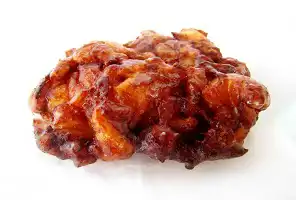

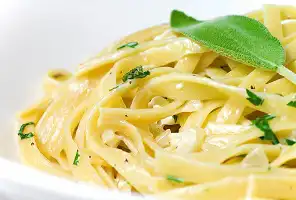
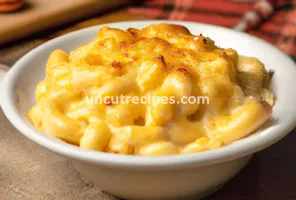


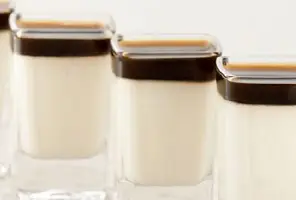
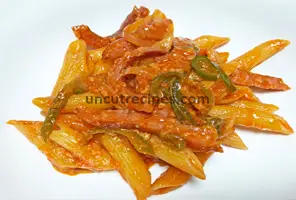

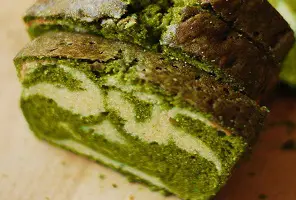
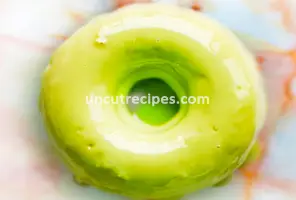



July 12, 2023
These muffins may very well claim the title of the best ones I've ever had.